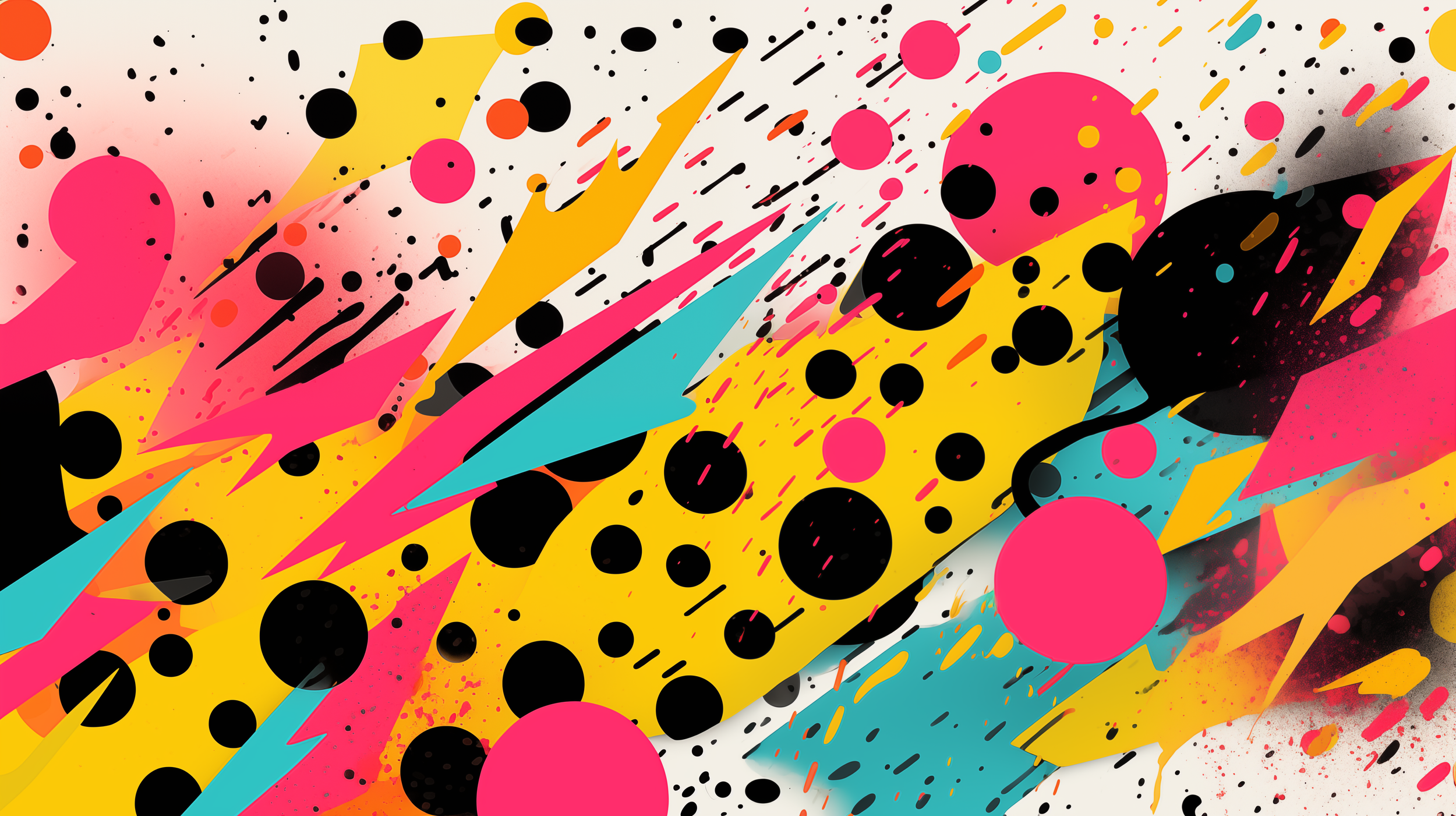Design Titans Crumble: How David is Beating Goliath in the Innovation Arena
For decades, industry giants, or more aptly known as Goliaths, have dominated the innovation arena. But thanks to the digital revolution, creative disruption, and the emergence of innovative startups, a seismic shift has occurred as more and more Davids are taking over. Here are 7 examples of how David is getting the upper hand on traditional giants and how the design industry is changing in exciting ways:
1. Omnichannel Business Models
In the past, Goliaths such as retail stores with sprawling physical locations have had a strategic advantage by selling their goods in multiple channels. But Davids are gaining foothold in the market by capitalizing on the digital platform with agile omnichannel business models that can pivot almost instantly in response to consumer demand.
2. Collaborative Design
Goliaths often squandered resources chasing the perfect product whereas Davids are leveraging digital tools to cut prototyping costs without sacrificing quality. Through platforms such as crowd-sourcing and collaboration, designers can access feedback and advice from consumers or experts, accelerating the process and saving time and money.
3. Automated Customization
Personalization used to be too expensive and cumbersome for Goliaths to execute. But modern Davids are leveraging automation technology to provide custom designs to customers at scale.
4. Predictive Analytics
By collecting and analyzing customer data, Goliaths risk delaying the customer experience with painfully slow processes or incorrectly targeted campaigns. Davids, meanwhile, are leveraging predictive analytics to keep track of customer preferences and provide tailored experiences in real-time.
5. Sustainable Design
Goliaths often scoffed at sustainable design metrics in the past, believing they hampered innovation potential. But Davids are shining a new light on the industry by not only developing design processes with a triple bottom line approach, but by taking active steps to make the physical product and the user experience more successful while ensuring that it is friendly to the environment.
6. Connected Experiences
Goliaths have long had access to diversified market data and expertise. Davids, meanwhile, are making use of their smaller size to utilize connected experiences that allows customers to “experience” the product before they make a commitment.
7. Open-Source Libraries
Once a haven for the “have nots” in the design industry, the digital marketplace is now an inviting playground for Davids to share ideas for success. Open-source libraries are freely accessible and can provide top-level design content with very little effort.

